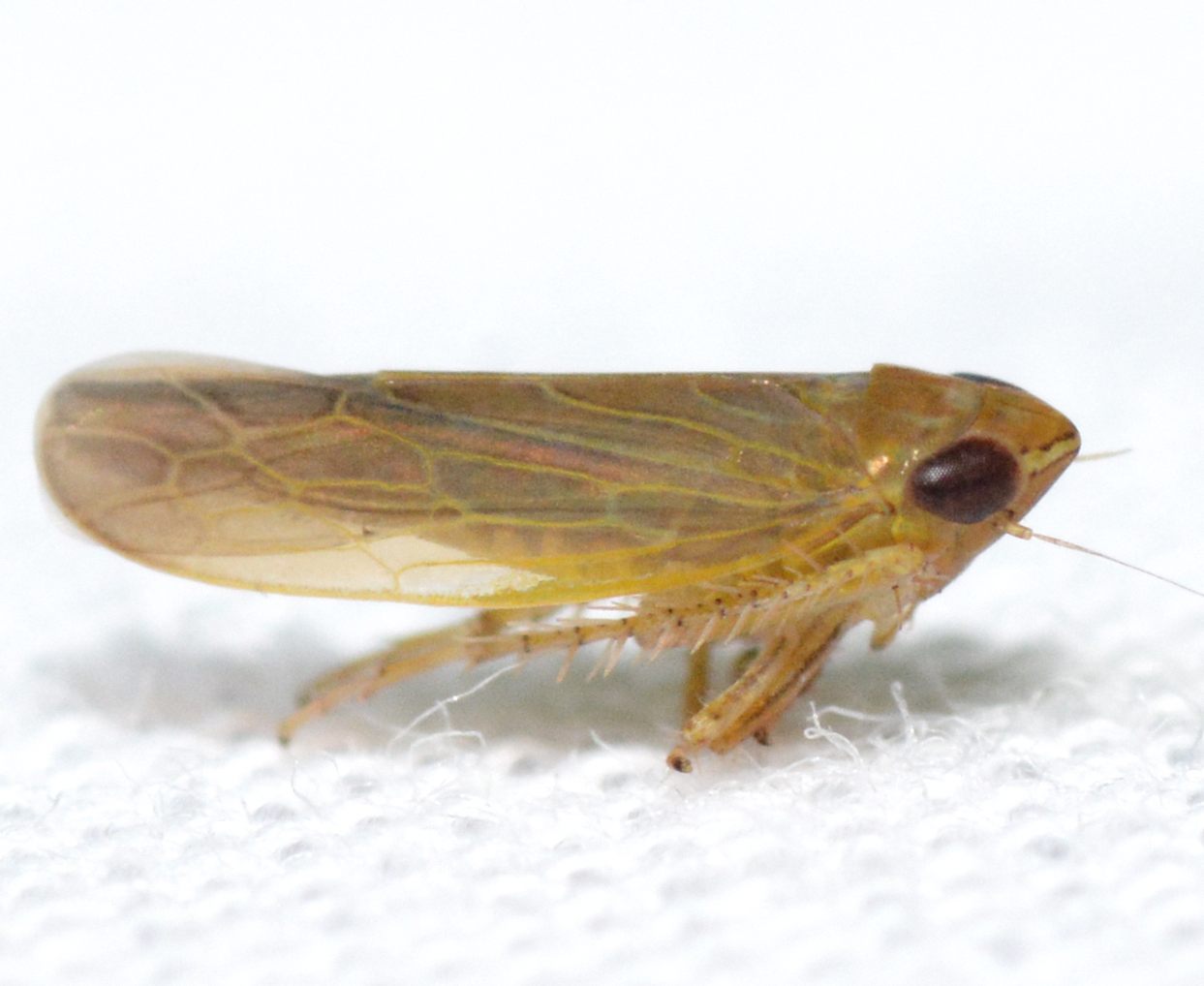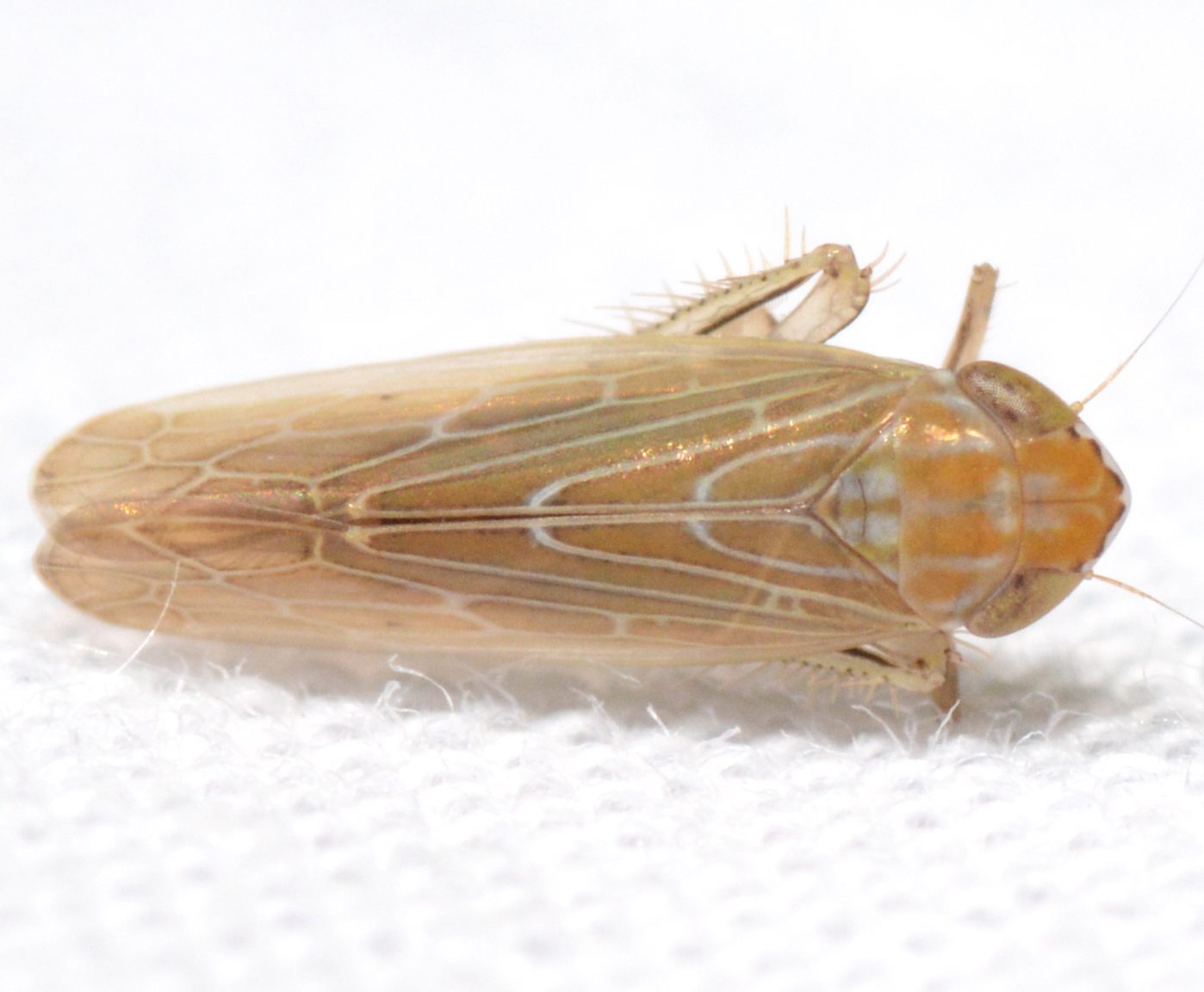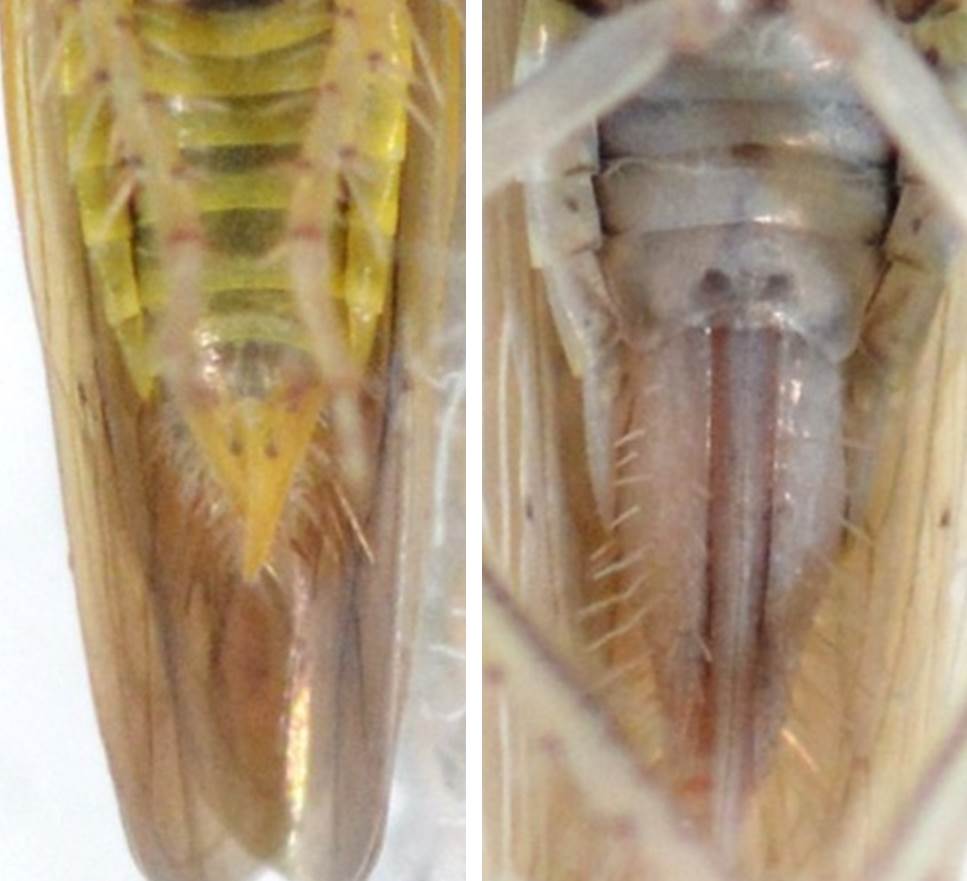Species Photo Gallery for Arundanus sarissus No Common Name |
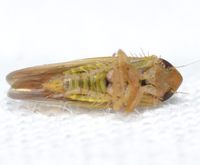 | Photo by: Kyle Kittelberger, Brian Bockhahn, Rob Van Epps, Kevin Metcalf
Scotland Co.
Comment: riverside herbaceous vegetation consisting mostly of Arundinaria; males (4.2 mm) and females ( | 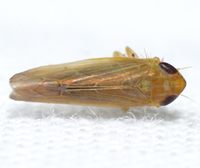 | Photo by: Kyle Kittelberger, Brian Bockhahn, Rob Van Epps, Kevin Metcalf
Scotland Co.
Comment: riverside herbaceous vegetation consisting mostly of Arundinaria; males (4.2 mm) and females ( |
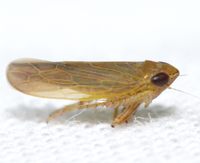 | Photo by: Kyle Kittelberger, Brian Bockhahn, Rob Van Epps, Kevin Metcalf
Scotland Co.
Comment: riverside herbaceous vegetation consisting mostly of Arundinaria; males (4.2 mm) and females ( | 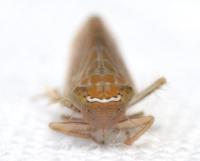 | Photo by: Kyle Kittelberger, Brian Bockhahn, Rob Van Epps, Kevin Metcalf
Scotland Co.
Comment: riverside herbaceous vegetation consisting mostly of Arundinaria; males (4.2 mm) and females (5.1 mm) |
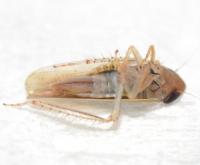 | Photo by: Kyle Kittelberger, Brian Bockhahn, Rob Van Epps, Kevin Metcalf
Scotland Co.
Comment: riverside herbaceous vegetation consisting mostly of Arundinaria; males (4.2 mm) and females (5.1 mm) | 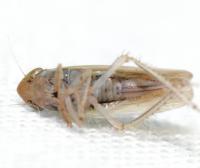 | Photo by: Kyle Kittelberger, Brian Bockhahn, Rob Van Epps, Kevin Metcalf
Scotland Co.
Comment: riverside herbaceous vegetation consisting mostly of Arundinaria; males (4.2 mm) and females (5.1 mm) |
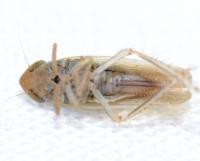 | Photo by: Kyle Kittelberger, Brian Bockhahn, Rob Van Epps, Kevin Metcalf
Scotland Co.
Comment: riverside herbaceous vegetation consisting mostly of Arundinaria; males (4.2 mm) and females (5.1 mm) | 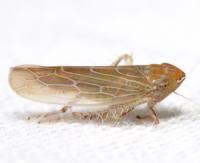 | Photo by: Kyle Kittelberger, Brian Bockhahn, Rob Van Epps, Kevin Metcalf
Scotland Co.
Comment: riverside herbaceous vegetation consisting mostly of Arundinaria; males (4.2 mm) and females (5.1 mm) |
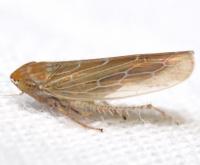 | Photo by: Kyle Kittelberger, Brian Bockhahn, Rob Van Epps, Kevin Metcalf
Scotland Co.
Comment: riverside herbaceous vegetation consisting mostly of Arundinaria; males (4.2 mm) and females (5.1 mm) | 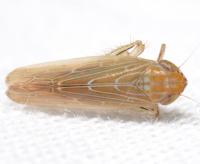 | Photo by: Kyle Kittelberger, Brian Bockhahn, Rob Van Epps, Kevin Metcalf
Scotland Co.
Comment: riverside herbaceous vegetation consisting mostly of Arundinaria; males (4.2 mm) and females (5.1 mm) |
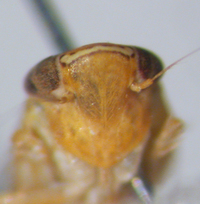 | Photo by: Bo Sullivan
Scotland Co.
Comment: male, 4.7 mm | 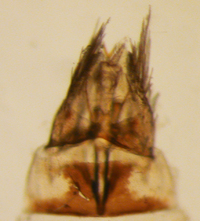 | Photo by: Bo Sullivan
Scotland Co.
Comment: male, 4.7 mm |
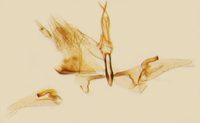 | Photo by: Bo Sullivan
Scotland Co.
Comment: male, 4.7 mm | 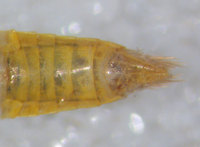 | Photo by: Bo Sullivan
Scotland Co.
Comment: male, 4.7 mm |
 | Photo by: Bo Sullivan
Scotland Co.
Comment: male, 4.7 mm | 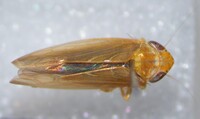 | Photo by: Bo Sullivan
Scotland Co.
Comment: male, 4.7 mm |
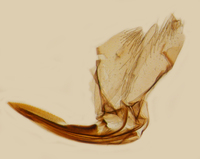 | Photo by: Bo Sullivan
Scotland Co.
Comment: female, 5.0 mm | 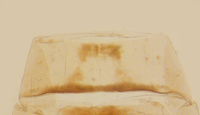 | Photo by: Bo Sullivan
Scotland Co.
Comment: female, 5.0 mm |
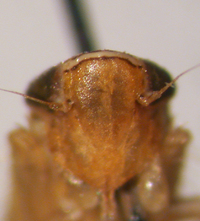 | Photo by: Bo Sullivan
Scotland Co.
Comment: female, 5.0 mm | 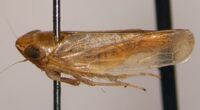 | Photo by: Bo Sullivan
Scotland Co.
Comment: female, 5.0 mm |
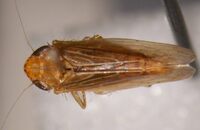 | Photo by: Bo Sullivan
Scotland Co.
Comment: female, 5.0 mm | 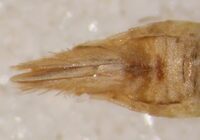 | Photo by: Bo Sullivan
Scotland Co.
Comment: female, 5.0 mm |
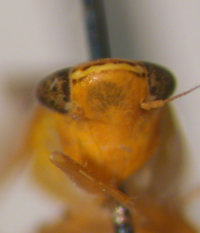 | Photo by: Bo Sullivan
Craven Co.
Comment: male, 4.5 mm | 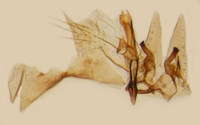 | Photo by: Bo Sullivan
Craven Co.
Comment: male, 4.5 mm |
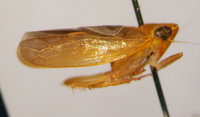 | Photo by: Bo Sullivan
Craven Co.
Comment: male, 4.5 mm | 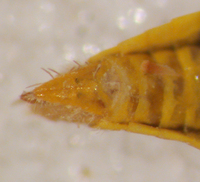 | Photo by: Bo Sullivan
Craven Co.
Comment: male, 4.5 mm |
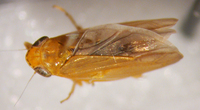 | Photo by: Bo Sullivan
Craven Co.
Comment: male, 4.5 mm | 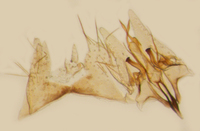 | Photo by: Bo Sullivan
Craven Co.
Comment: male, 4.0 mm |
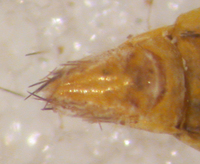 | Photo by: Bo Sullivan
Craven Co.
Comment: male, 4.0 mm | 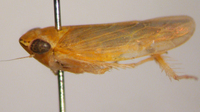 | Photo by: Bo Sullivan
Craven Co.
Comment: male, 4.0 mm |
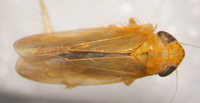 | Photo by: Bo Sullivan
Craven Co.
Comment: male, 4.0 mm | 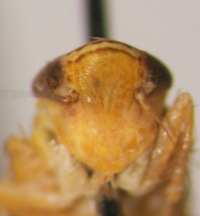 | Photo by: Bo Sullivan
Craven Co.
Comment: male, 4.5 mm |
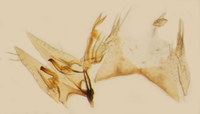 | Photo by: Bo Sullivan
Craven Co.
Comment: male, 4.5 mm | 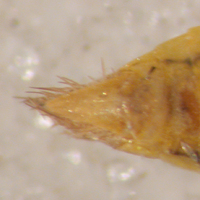 | Photo by: Bo Sullivan
Craven Co.
Comment: male, 4.5 mm |
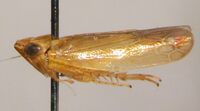 | Photo by: Bo Sullivan
Craven Co.
Comment: male, 4.5 mm | 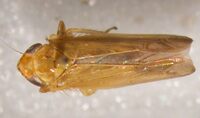 | Photo by: Bo Sullivan
Craven Co.
Comment: male, 4.5 mm |
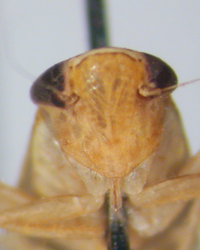 | Photo by: Bo Sullivan
Scotland Co.
Comment: female, 5.1 mm | 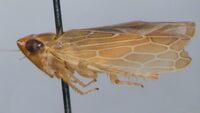 | Photo by: Bo Sullivan
Scotland Co.
Comment: female, 5.1 mm |
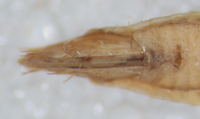 | Photo by: Bo Sullivan
Scotland Co.
Comment: female, 5.1 mm | 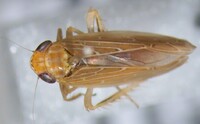 | Photo by: Bo Sullivan
Scotland Co.
Comment: female, 5.1 mm |
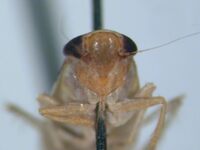 | Photo by: Bo Sullivan
Scotland Co.
Comment: female, 5.1 mm | 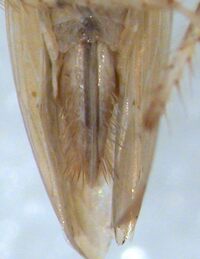 | Photo by: Bo Sullivan
Scotland Co.
Comment: female, 5.1 mm |
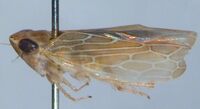 | Photo by: Bo Sullivan
Scotland Co.
Comment: female, 5.1 mm | 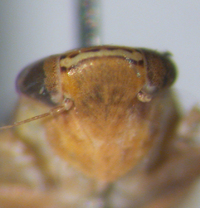 | Photo by: Bo Sullivan
Moore Co.
Comment: male, 4.4 mm |
 | Photo by: Bo Sullivan
Moore Co.
Comment: male, 4.4 mm | 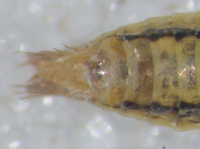 | Photo by: Bo Sullivan
Moore Co.
Comment: male, 4.4 mm |
 | Photo by: Bo Sullivan
Moore Co.
Comment: male, 4.4 mm |  | Photo by: Bo Sullivan
Moore Co.
Comment: male, 4.4 mm |
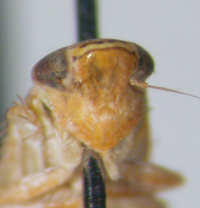 | Photo by: Bo Sullivan
Craven Co.
Comment: male, 4.7 mm |  | Photo by: Bo Sullivan
Craven Co.
Comment: male, 4.7 mm |
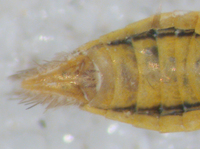 | Photo by: Bo Sullivan
Craven Co.
Comment: male, 4.7 mm | 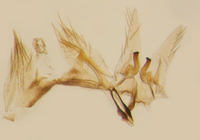 | Photo by: Bo Sullivan
Craven Co.
Comment: male, 4.7 mm |
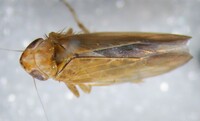 | Photo by: Bo Sullivan
Craven Co.
Comment: male, 4.7 mm | 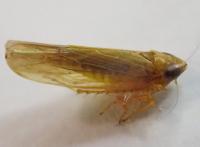 | Photo by: Erich Hofmann
Craven Co.
Comment: male |
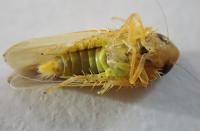 | Photo by: Erich Hofmann
Craven Co.
Comment: male | 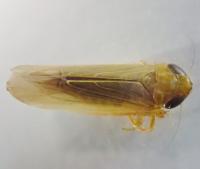 | Photo by: Erich Hofmann
Craven Co.
Comment: male |
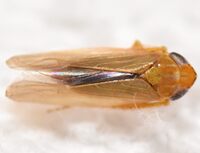 | Photo by: Erich Hofmann
Craven Co.
Comment: male, 4.5 mm; additional pics by K. Kittelberger | 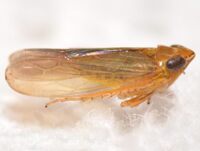 | Photo by: Erich Hofmann
Craven Co.
Comment: male, 4.5 mm; additional pics by K. Kittelberger |
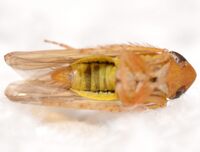 | Photo by: Erich Hofmann
Craven Co.
Comment: male, 4.5 mm; additional pics by K. Kittelberger |

 »
»